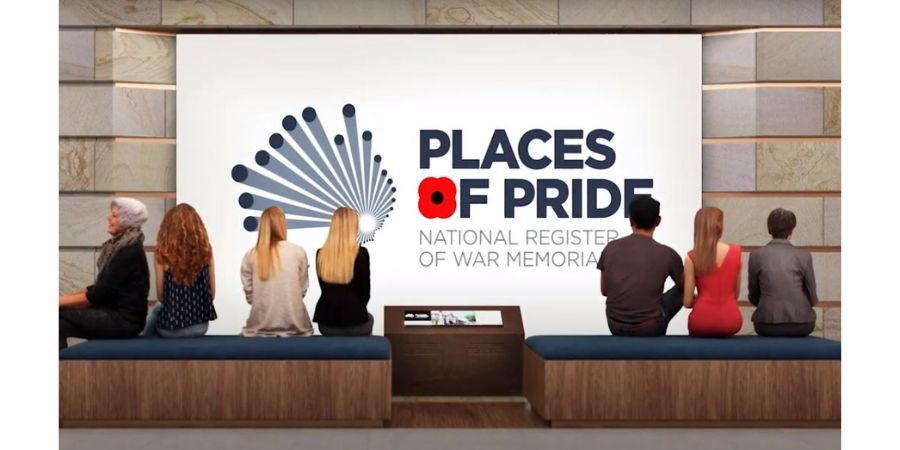
When driving through most Australian towns, large or small, you can almost always find a war memorial, often at the town centre.
They come in the form of granite obelisks, memorial gates, statues and more. They are found in parks, hospitals, post offices, swimming pools and halls. They include honour rolls found in bowling clubs, schools, town halls and other community buildings.
And if the memorial includes a list of those who died in WW1 or at Anzac Cove, you will often be surprised at the number, especially compared to the size of the town.
‘Memorials conceived and erected across Australia after the First World War, were pivotal in allowing communities and families to grieve and pay their respects. They provided a way for towns to express their loss through remembrance and became a focal point for civic pride in the courage, loyalty and the sacrifice of their local servicemen and women. This sentiment continues to this day with memorials across Australia bearing testament to conflicts and peacekeeping operations from the Boer War to Afghanistan.’[1]
The Australian War Memorial (AWM) has been cataloguing these sacred places since November 2018.
The AWM is asking Australians to contribute to the catalogue. Visit Register to start contributing by uploading stories, photos and other details.
If you are visiting a town or want to find the closest memorial to where you live, search Memorials and you will see photos and maps of how to find them.
And most importantly, you might see the names of those who lost their lives, whose dreams were shattered, and whose death brought heartache to their families and friends.
May they rest in peace!
